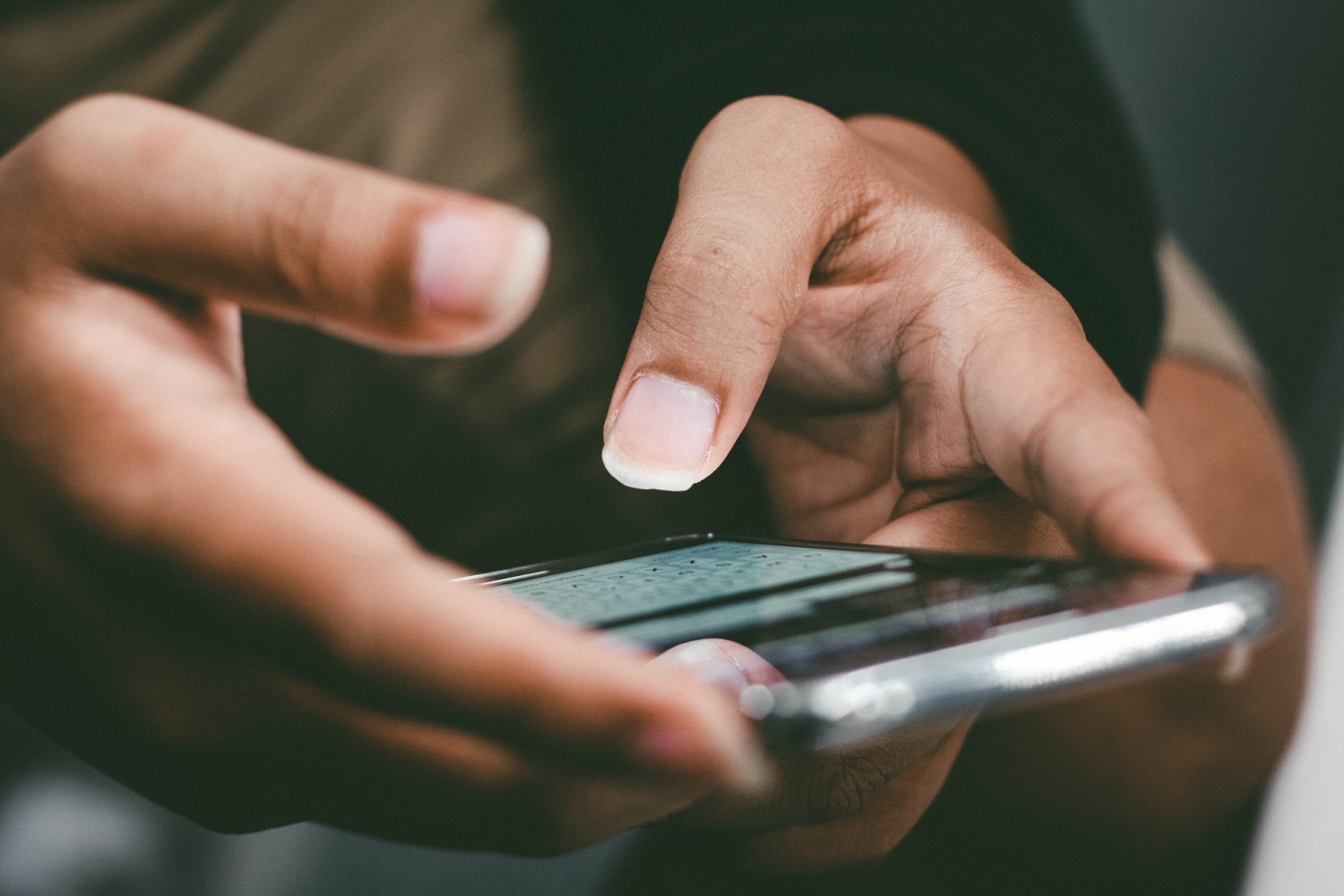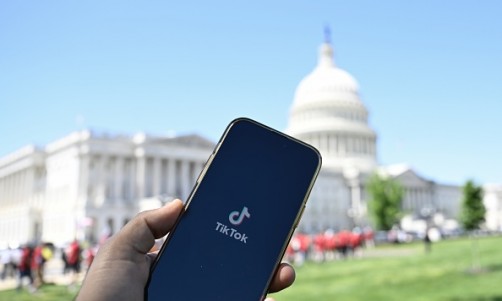IoT is an acronym for (the) Internet of Things, and it describes devices that connect to the internet to send and receive information. These devices are embedded with technology that includes software and sensors that allow them to communicate with other IoT devices.
IoT is similar to artificial intelligence (AI) in that it enables machines to perform certain tasks. Though some IoT devices can function separately from AI, AI helps improve the functionality of these devices. Here are some examples of IoT devices that you probably have in your home right now.
Consumer IoT Devices
IoT devices are found almost everywhere, but they're most commonly found among consumers in the form of smart devices. Our smart devices have truly made life easier and more convenient, and they've also made life more entertaining. Here are some popular examples of consumer IoT devices.
Smart Home Appliances and Devices
The most popular smart home device is probably the Amazon Echo or Alexa. This smart speaker and virtual assistant duo can connect to countless other devices and appliances in your home to allow them to be controlled by your voice. You'll be able to control a number of other smart devices (with your voice and with your phone), such as:
-
Lighting, including dimmers and switches
-
Outlets
-
Locks, security systems, and cameras
-
Thermostats
-
Garage door openers
-
Certain care makes and models
-
Electronics
-
Home appliances
-
Ceiling fans
Wearable Health Monitors
Wearable technology has been in the works for a while now, and has become more widely available thanks to the COVID-19 pandemic. We've already become accustomed to similar technology, such as fitness trackers that monitor heart rate. Other, more health-focused wearables include ECG devices (electrocardiograms) that monitor heart rate, blood pressure, and other vitals- and they can send this information to a primary care physician!
Other Smart Devices and Entertainment
The smart device that 97% of Americans and a good bit of the rest of the world are familiar with is the smartphone. Gone are the days of cell phones only being able to call- and text- they can do just about everything! Smartphones are capable of both voice and video calling, text messaging, browsing the internet, allowing us to watch TV/movies/other media, playing music and games, taking pictures and videos, and so much more. They're even able to connect to our cars.
Smartphones can be considered both a necessity and a form of entertainment, and other forms of entertainment have become more connected to the internet. A good example of this would be game systems, such as PlayStation and Xbox, that allow people to play games with others all over the world.
Another example would be smart TVs that allow you to stream movies and TV shows on demand, rather than watching TV through a cable provider. In fact, this trend is known as "cord-cutting", and thanks to IoT, more people are cutting the cord from their cable providers and are streaming their favorite shows on apps like Netflix, HBO Max, Hulu, and Disney Plus. Even those without smart TVs or the latest model can still stream through external IoT devices, such as their game consoles or a jailbroken Fire Stick.
Industrial and Enterprise IoT Devices
IoT devices are also used by businesses and in industrial environments. The ones used in business settings are called Enterprise IoT devices, and their main purpose is to improve operations within the business and maintain the facility. Examples of Enterprise IoT include:
-
Smart locks and security systems
-
Smart thermostats
-
Smart lights and sensors
Industrial IoT devices are used very similarly to Enterprise IoT devices- they improve operations and maintain the facility. They monitor manufacturing processes, such as assembly lines, as well as workers' vitals in the form of wearables.
IoT is used and needed in all areas of life, whether it's for personal (consumer) use or business (enterprise and industrial) use. They've mainly been enjoyed for our entertainment, but they've also been helpful in assisting us with daily tasks, keeping us safe, and monitoring our health. As technology continues to advance, things will continue to become more interconnected (such as our cars and city infrastructure) to make daily life safer and more efficient.
So many of the devices that you own, you may not have realized are IoT devices and you also may not have realized just how connected they are to other devices. They've definitely made life more convenient and daily tasks more efficient.














